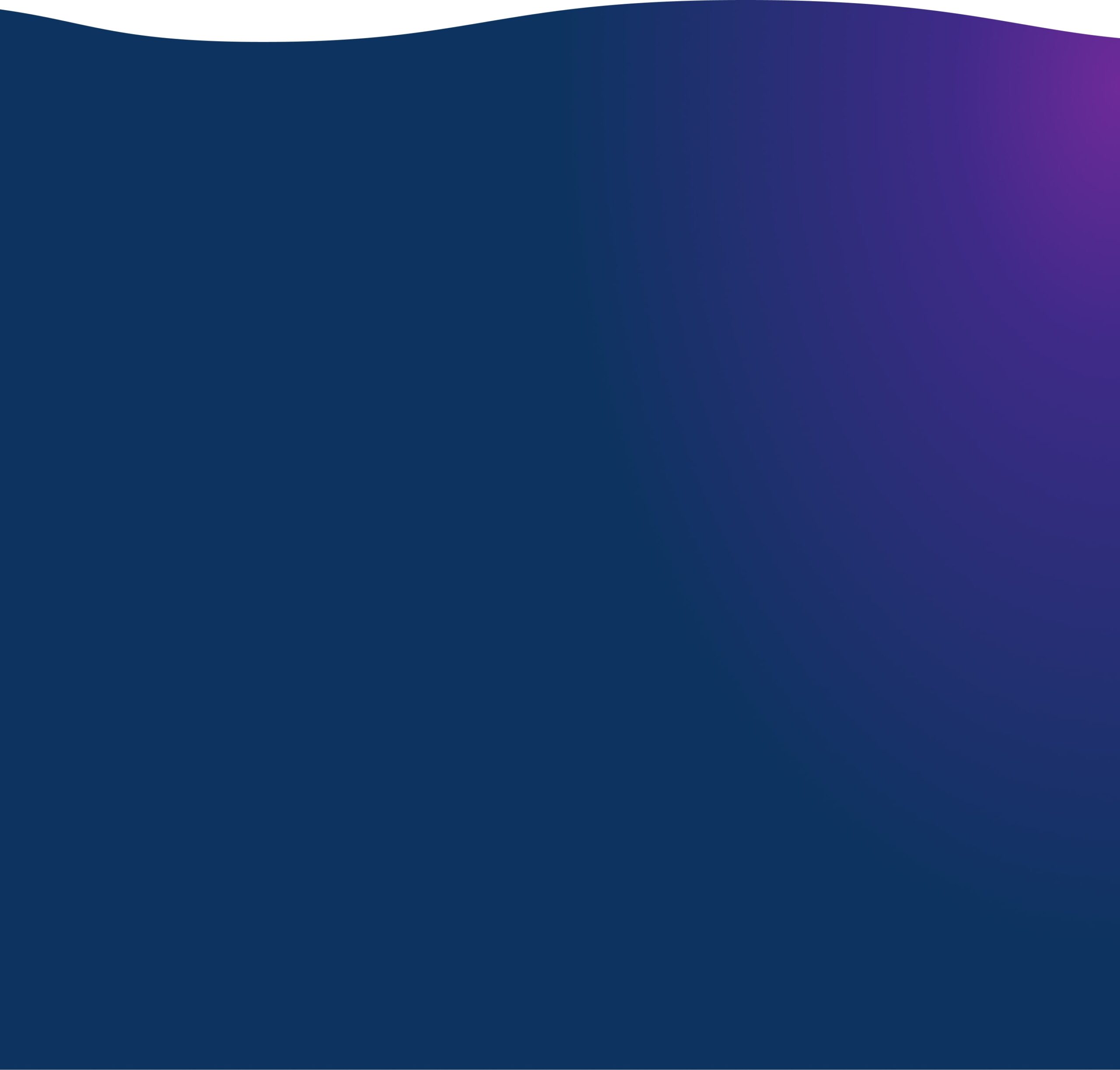At this year’s Regulatory Horizon 2022: Preparing for the Challenges of Tomorrow conference, we examined key governance, risk and compliance challenges that firms face in 2022, and beyond. A whitepaper has now been developed, capturing key takeaways and benchmarking polls from the event.
This blog features one of the nine chapters in the paper. Click here to view the full paper and access on demand recordings of panel sessions embedded throughout.
Overview
- Firms continue to struggle to run effective trade surveillance programmes in the face of growing supervisory sophistication
- Firms need to regularly review their trade surveillance programme to ensure it is effective
- Developing a holistic surveillance strategy – combining technology with human expertise – is a strategic way to make trade surveillance more sustainable
The Benefits of an Integrated Surveillance Solution
Regulatory expectations around firms’ trade surveillance programmes are rising, thanks in large part to the advent of Supervisory Technology (SupTech). The US SEC and the UK FCA are now ingesting significant volumes of transaction data every day, and are monitoring that data for potential market abuse very effectively. Several enforcement cases are coming out of this work, and regulators are demanding more information around trades to improve their ability to detect market abuse even more. Clearly, firms need to put more focus on this area to avoid being caught short by the regulators.
However, firms continue to struggle with their trade surveillance programmes in a number of different ways. According to a poll taken during this session, the biggest single challenge firms face is the volume of false positives their current technology generates (42%), followed by data quality and staffing/workload constraints both at 21%.

Firms also recognise the need to improve their programmes in key ways. Nearly 39% said they need to enhance their eComms capture and surveillance, after recent US SEC enforcement actions in that area. Almost 27% of respondents said they need to improve the way they conduct trade surveillance, too.

Continual review is essential
Mitigating actual and perceived risk via diligent and targeted monitoring, surveillance, and forensic testing of the firm’s compliance programme is critical to meeting and maintaining regulatory obligations. Having great technology is of little benefit if it is not used correctly. Key actions firms should be taking include:
- Perform risk assessments of the firm’s trade surveillance programme on a regular basis and keep them up-to-date.
- Ensure that systems and controls are appropriate and are working properly.
- Evaluate system calibrations on a regular basis, and when market conditions change substantially
- Evolve the lexicon libraries within the eComms surveillance solution regularly to reflect changes in business conducted, slang terms, and market conditions
- Review all the material that the regulator publishes and incorporate it into the firm’s overall trade surveillance programme. For example, if new types of abusive behaviour are flagged, be sure they are added to the firm’s monitoring.
Certainly, the events of the past two years have underscored the fact that trade surveillance systems should not be static – they should evolve constantly to capture changes in firms’ operating environment.
Keeping up with obligations
However, for many firms, keeping pace with this rate of change is a real challenge. Firms often have two or more systems involved in their overall trade surveillance programmes, and this creates enormous complexity. Challenges observed within firms include navigating between multiple systems, having to review outputs in a siloed manner, and the increasing time needed for investigating and remediating potential market abuse. Firms also have difficulty setting up a successful operational model, such as a Global Control Room. With these kinds of issues, it’s often difficult to keep up with the pace of change, including regulators’ evolving expectations.
Many firms are turning to a holistic surveillance strategy to meet these challenges. A holistic surveillance programme combines surveillance technology with human expertise to normalise data sets from multiple sources, run sophisticated analytics, and evaluate the totality of information to obtain a comprehensive view of activity and behaviour. By connecting the dots across disparate data sets, firms are able to reduce the volume of false positives and also improve the overall efficiency of investigations. They are also better placed to meet the demands that a constantly evolving operating environment presents.
On Demand Webcast
Click here to watch a recording of the panel discussion on which this article is based.
Questions?
Our specialists are on hand to help you to navigate these challenges while considering the complexity of your firm’s unique compliance, managed services, and ESG requirements.
In addition, our ESG advisory team are on hand to help you gain clarity on your ESG requirements and build a strong ESG program that meets incoming regulatory needs. This practice helps firms of all sizes develop and monitor ESG programs to mitigate risk, make informed choices, grow profitably and sustainably, and combat greenwashing in the process.
Complete this form or call +44 (0) 20 7042 0500 to connect with us.
 Skip to content
Skip to content